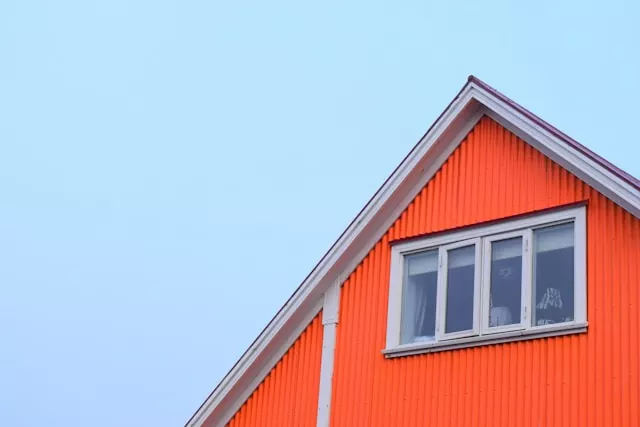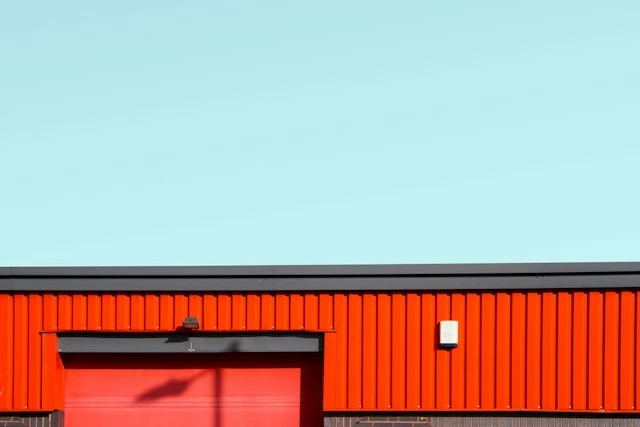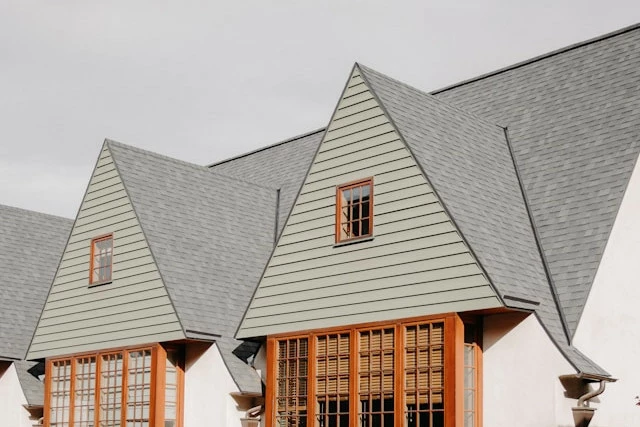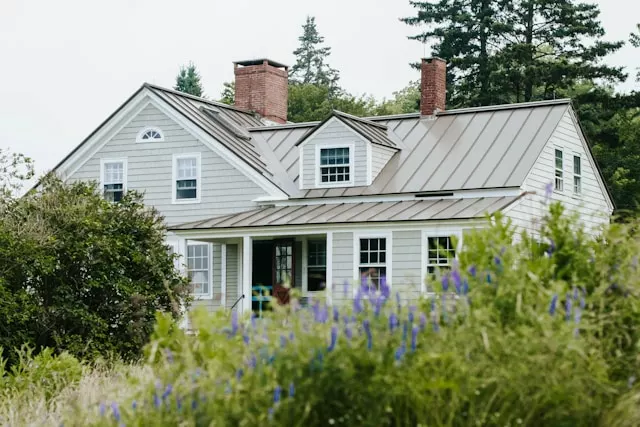
Ever wondered why your neighbor's house has a wavy metal roof while yours is covered in shingles? The type of roof and material you choose for your home is a big decision, affecting everything from durability and style to cost and energy efficiency. This lesson will explore the most common roof types and materials, helping you navigate the options to find the perfect fit for your home.
In the realm of roof styles, the two main categories are pitched roofs and flat roofs. Pitched roofs, also known as sloped roofs, are angled to allow rain, snow, and debris to shed off easily. They come in a variety of shapes, like gable, hip, and dutch gambrel, each offering a distinct aesthetic and influencing the type of materials that can be used. Flat roofs, on the other hand, have a very slight incline for drainage and are typically found on commercial buildings or modern houses. Material selection is crucial for flat roofs, as they require a watertight membrane to prevent leaks.


Now that we've covered roof styles, let's delve into the materials themselves. Asphalt shingles remain the most popular choice for pitched roofs due to their affordability, ease of installation, and wide range of colors. Metal roofs offer superior durability and wind resistance, but come at a higher cost. Tile roofs, made from clay, concrete, or slate, add a touch of elegance and can last for generations, although they're also on the pricier side and require strong roof structures due to their weight. For a more eco-friendly option, homeowners can consider wood shakes or solar tiles, though each has its own set of maintenance considerations.



Beyond the aesthetics and base materials, there are additional factors to consider when choosing your roof. Local building codes may dictate certain roof styles or materials for your area. Similarly, the climate you live in plays a big role. Metal roofs perform well in areas with high winds or heavy snowfall, while slate or clay tiles excel in hot, dry climates. Insulation properties are another point to ponder. Asphalt shingles offer decent insulation, while metal roofs can be quite energy-efficient with proper ventilation. Ultimately, the best roof for your home depends on a unique combination of style, budget, local regulations, and climate.
Consulting a professional roofer is the final key to making a smart decision. A qualified roofer can assess your home's structure, discuss your stylistic preferences, and guide you towards the most suitable roofing option based on your budget and local building codes. They can also provide valuable insights into expected lifespans, maintenance requirements, and potential warranty coverage for different materials. By working with a professional, you can ensure your home gets a roof that looks great, protects your investment for years to come, and offers the performance characteristics you need for your climate and lifestyle.
We are offering consultations with our expert roofing partners who can help you with everything. We’re with you every step of the way.